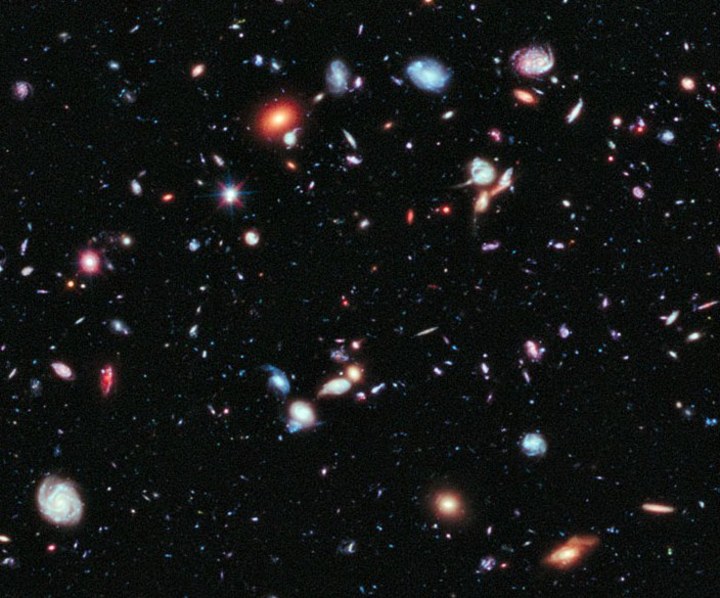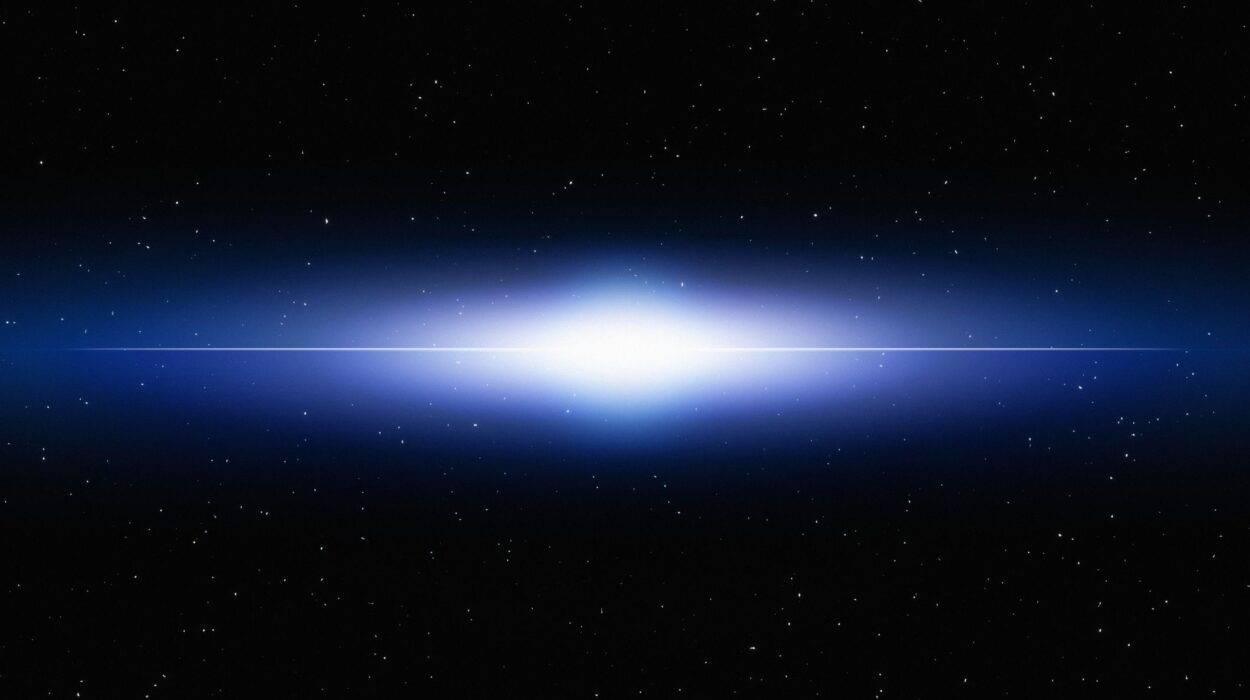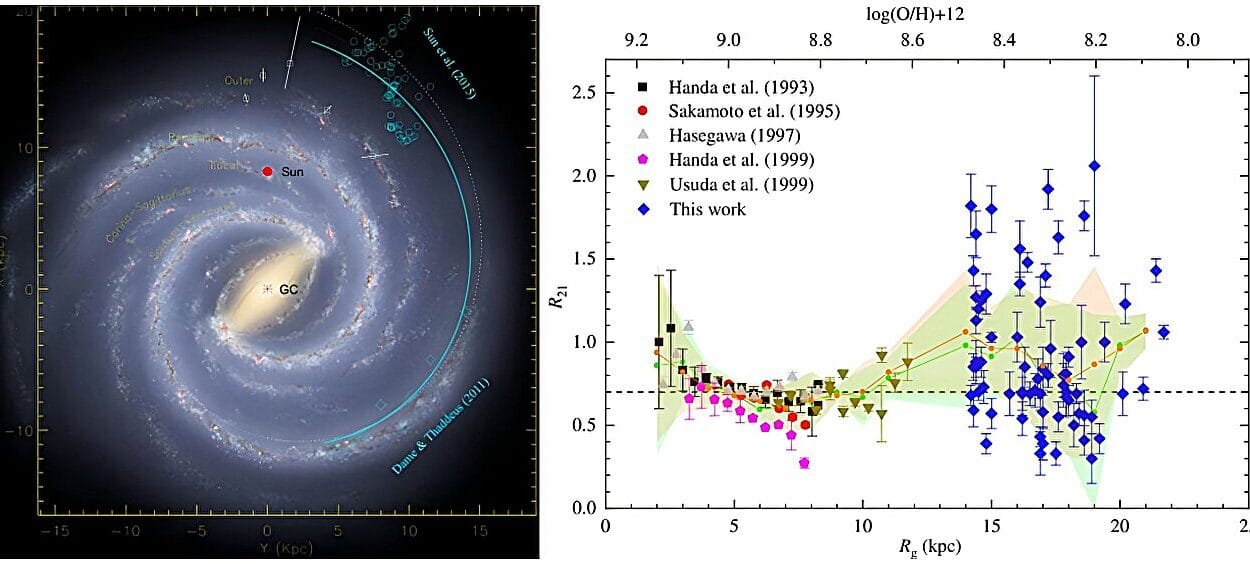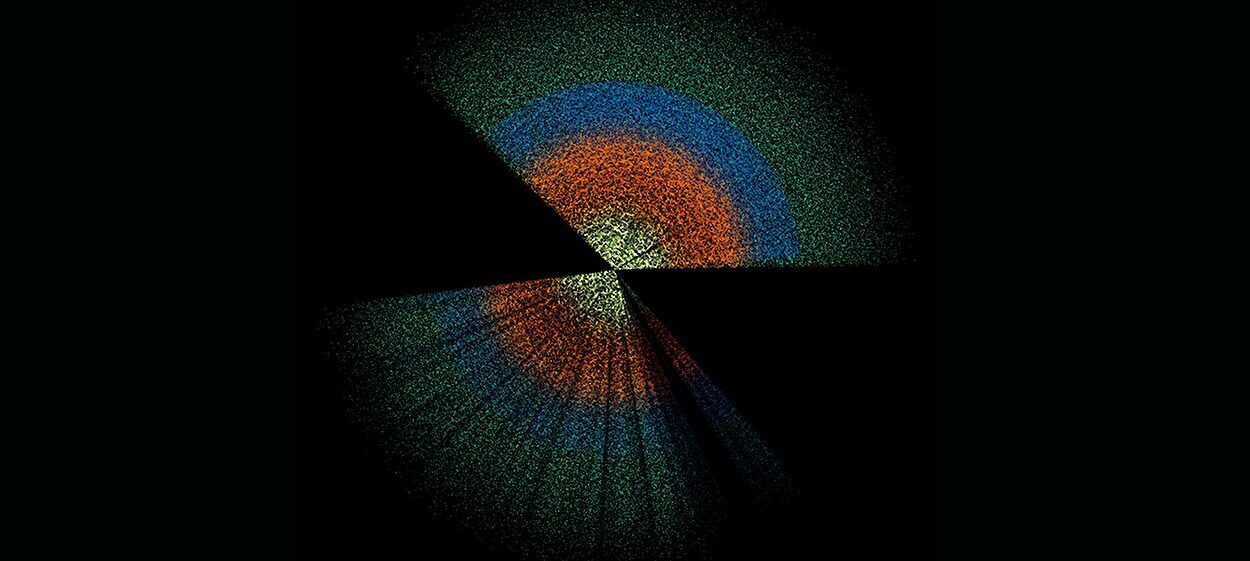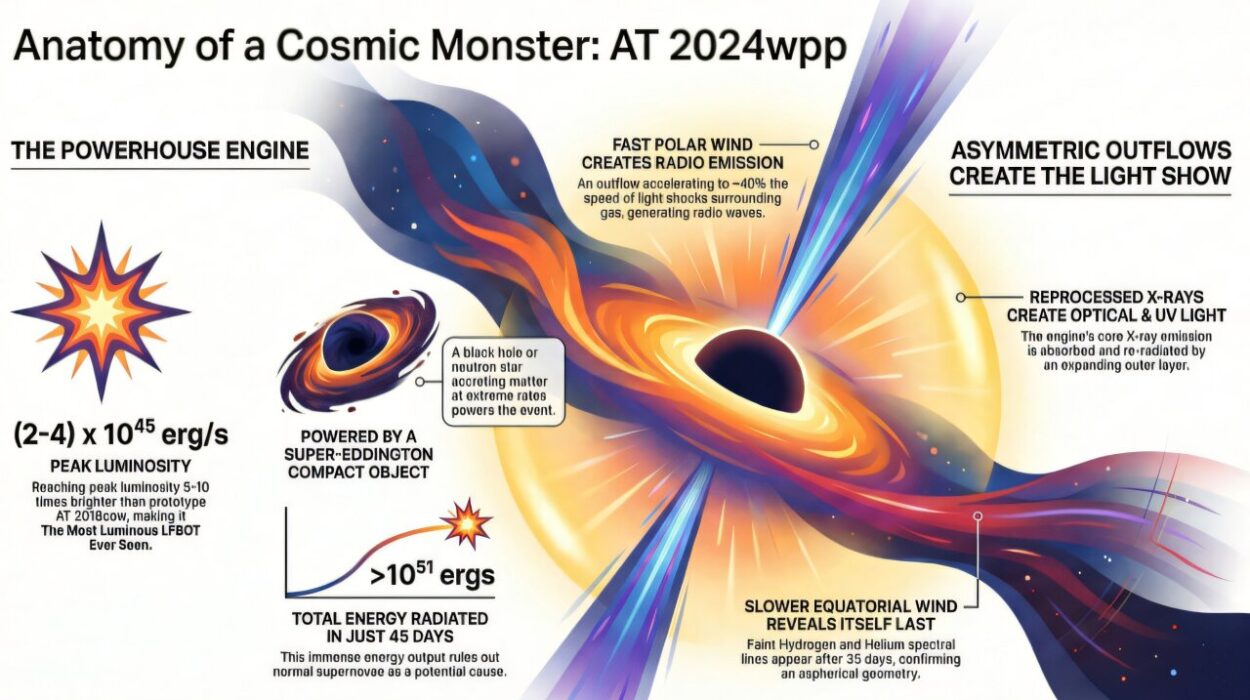In the quiet, vast darkness of our galaxy, stars flicker and shine as they have for billions of years. They pulse with a steady, predictable rhythm—some brighten, some fade, and others die spectacular deaths in cosmic explosions. Astronomers have studied stars for centuries, and by now, we have a pretty good idea of how they behave. But every so often, something comes along that defies all the rules, something that makes scientists scratch their heads and wonder if we’ve missed a fundamental piece of the cosmic puzzle.
Enter Tabby’s Star—officially known as KIC 8462852. Discovered by a team of scientists poring over data from NASA’s Kepler Space Telescope, this ordinary-looking star has become one of the most enigmatic and talked-about objects in the cosmos. Why? Because it doesn’t behave like any other star we’ve ever observed. It flickers and dims in ways that no one can quite explain. Some dips in brightness are shallow, others are deep—sometimes blocking as much as 22% of the star’s light—and they don’t follow a predictable pattern.
Naturally, when scientists can’t figure something out, the imagination runs wild. Some suggest comets. Others argue for clouds of dust. And then there are those who whisper about alien megastructures. Yes, you read that right—advanced extraterrestrial civilizations building massive space engineering projects to capture energy from their home star. But what’s really going on at Tabby’s Star?
Let’s take a deep dive into this cosmic mystery.
A Flicker in the Data
The story of Tabby’s Star begins with Kepler. Launched in 2009, Kepler was designed to hunt for exoplanets—worlds beyond our solar system. It did this by staring at over 150,000 stars, looking for the telltale dimming that happens when a planet crosses, or transits, in front of its star from our point of view. The data was precise, and soon Kepler was discovering thousands of new exoplanets, rewriting our understanding of planetary systems in the galaxy.
But in 2011, something strange popped up in the data. One of the stars, designated KIC 8462852, was dimming in a way that didn’t make sense. Planets cause a star’s brightness to dip by a tiny fraction of a percent, and they do so regularly—every orbit brings another dimming event, like clockwork. But this star was dimming by up to 22%, and the dips weren’t regular at all. It was as if something huge and irregular was moving in front of the star at random times.
Enter Tabetha Boyajian, an astronomer at Yale University, who led the team investigating the star. Her work on this mysterious object earned the star its now-famous nickname: Tabby’s Star.
Theories Take Flight
At first, scientists did what scientists do best—they looked for natural explanations. Could this be an error in the data? Was the dimming caused by something between us and the star? Could it be debris, or maybe a cloud of comets?
The Comet Hypothesis
One early theory suggested a swarm of comets orbiting the star. Maybe a massive family of icy bodies was releasing dust as they got close to the star, and that dust was blocking the light in irregular patterns. It was a decent idea, but there were problems. To account for the amount of dimming seen, you’d need an enormous number of comets—way more than seemed reasonable. And it didn’t explain why the dimming events were so irregular and deep.
Cosmic Dust
Others proposed that clouds of dust were orbiting Tabby’s Star, possibly from planetary collisions or some other catastrophic event. Dust can block light, and different sized particles block different wavelengths of light. However, follow-up observations didn’t entirely support the dust theory either. The dimming was mostly consistent with dust, but some of the patterns didn’t quite match what scientists would expect if dust were the sole culprit.
Instrument Errors?
Could the Kepler spacecraft itself be at fault? Maybe there was a glitch in the data? But ground-based telescopes confirmed that the strange dimming was real. Even when Kepler was no longer watching, other instruments kept their eyes on Tabby’s Star—and the weirdness continued.
Alien Megastructures
And then came the most sensational theory of all—the idea that we were witnessing the construction of an alien megastructure, perhaps a Dyson sphere. A Dyson sphere, or more accurately a Dyson swarm, is a hypothetical structure first proposed by physicist Freeman Dyson in 1960. It’s a series of enormous satellites or panels that orbit a star, capturing its energy to power an advanced civilization.
If an alien civilization was building something like this around Tabby’s Star, it could explain the irregular dimming patterns. Science fiction had come knocking on astronomy’s door.
The Dyson Sphere Debate
Let’s be clear: scientists don’t invoke aliens unless they’ve exhausted every other possibility. But the data from Tabby’s Star was strange enough to get people thinking about extraordinary explanations. After all, as Arthur C. Clarke famously said, “Any sufficiently advanced technology is indistinguishable from magic.”
The idea of alien megastructures took hold in the media and public imagination. Headlines screamed about “Alien Signals” and “Evidence of ET Civilizations.” In reality, though, the evidence wasn’t nearly that sensational.
SETI (Search for Extraterrestrial Intelligence) researchers trained their radio telescopes on Tabby’s Star, listening for any sign of radio signals or intelligent transmissions. They found nothing. No artificial signals. No alien beacons. Just a strange star behaving in a way we didn’t understand.
Still, the idea of a Dyson sphere around Tabby’s Star had a compelling appeal. If we ever discovered evidence of such a structure, it would prove the existence of intelligent life beyond Earth. The stakes couldn’t be higher.
But as months turned into years, no direct evidence of aliens appeared. Most scientists settled back into the realm of natural explanations.
The Long Fade
One of the strangest aspects of Tabby’s Star was that it wasn’t just dimming on short timescales. Over a century of photographic observations—dating back to plates from the early 1900s—seemed to show that Tabby’s Star was slowly fading over decades.
Astronomer Bradley Schaefer analyzed these old records and concluded that the star had dimmed by about 20% over the past hundred years. If true, this would be unlike anything seen in any other star.
However, this result was contested. Some argued that old photographic plates weren’t reliable enough to make such precise claims. But if Schaefer was right, it added another layer of mystery. What kind of natural phenomenon could cause such a steady, long-term dimming?
The idea of an advanced civilization slowly building a massive structure over centuries gained renewed interest. But again, without hard evidence, scientists kept looking for natural causes.
Dust, Debris, and Dimming
In the years following Kepler’s discovery, astronomers worldwide kept a close eye on Tabby’s Star. They used a variety of telescopes, observing in different wavelengths of light—from infrared to ultraviolet. Their goal: to figure out what was causing the dimming.
Many of these observations suggested that dust was playing a significant role. Dust particles scatter blue light more than red, and that’s exactly what scientists saw—when Tabby’s Star dimmed, its light got redder. This made the dust hypothesis seem more likely.
But what kind of dust? Where was it coming from? One possibility was that Tabby’s Star had recently devoured a planet, creating a debris cloud. Or perhaps its gravity was disturbing comets and asteroids, generating huge clouds of debris.
There were still problems, though. The amount and behavior of the dust didn’t fully explain all the observed dimming events. The irregularity of the dips—some lasting days, others weeks—defied easy categorization.
The Human Side of the Mystery
While scientists debated theories, something remarkable was happening behind the scenes. Tabby’s Star wasn’t just an academic curiosity—it became a global phenomenon. Amateur astronomers, citizen scientists, and the general public got involved.
Much of this was thanks to the Planet Hunters project, a citizen science initiative that allowed volunteers to sift through Kepler data. It was these volunteers who first flagged Tabby’s Star as unusual, bringing it to the attention of professional astronomers.
When funding ran short for more observations, Tabetha Boyajian turned to Kickstarter, raising over $100,000 from people around the world who were captivated by the mystery. This campaign funded observations using telescopes around the world, allowing scientists to monitor the star for new dimming events in real-time.
The mystery of Tabby’s Star had transcended science—it became a story about human curiosity, the drive to explore the unknown, and the global community that can form around a shared sense of wonder.
Where We Stand Today
So, where do things stand today?
After years of observation and debate, the majority of astronomers believe that dust is the best explanation for Tabby’s Star’s behavior. The dust appears to be uneven, clumpy, and orbiting the star in such a way that it causes irregular dimming. The dust theory fits most of the data, but there’s still uncertainty about its exact origin and composition.
The alien megastructure theory has largely fallen out of favor—though no one can say it’s entirely ruled out. If an advanced civilization did exist at Tabby’s Star, they’re doing a very good job of hiding.
In the meantime, the mystery isn’t entirely solved. Tabby’s Star remains unique. No other star observed by Kepler or other surveys has shown the same kind of bizarre dimming patterns. Scientists continue to watch and learn, hoping that future discoveries will provide more answers.
What Tabby’s Star Teaches Us
Whether or not aliens are involved, Tabby’s Star has already taught us a great deal. It’s a humbling reminder that the universe is vast and still full of surprises. Even with our advanced technology, we are only just beginning to understand the complexities of the cosmos.
Tabby’s Star has also shown the power of citizen science. Without volunteers helping to analyze Kepler data, the mystery might have gone unnoticed. And without public interest and crowdfunding, continued observations might not have been possible.
Finally, it’s a testament to human curiosity. When faced with the unknown, we wonder. We explore. We imagine. Whether it’s dust or Dyson spheres, Tabby’s Star has captured our collective imagination and reminded us why we look to the stars in the first place.
Conclusion: The Mystery Endures
Tabby’s Star remains one of the most fascinating astronomical puzzles of our time. While most scientists now favor a natural explanation, the door to the unknown remains open. As we continue to watch this strange star, we are reminded that the universe is bigger, stranger, and more wondrous than we can imagine.
And who knows? Perhaps somewhere out there, on some distant world orbiting a distant sun, someone is looking back at us—wondering about the mysteries we hold in our own little corner of the cosmos.
